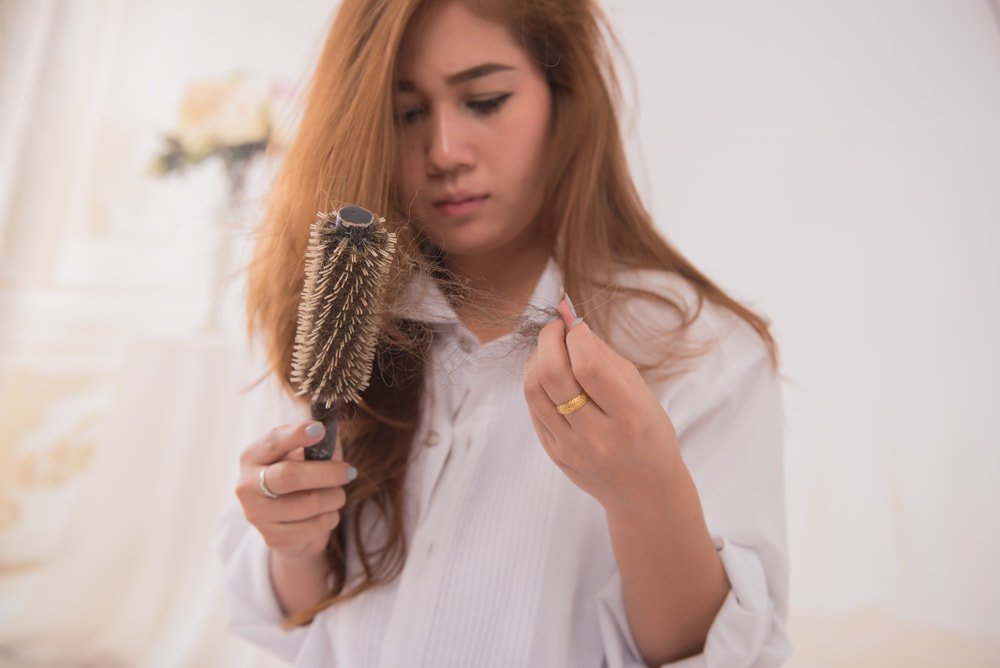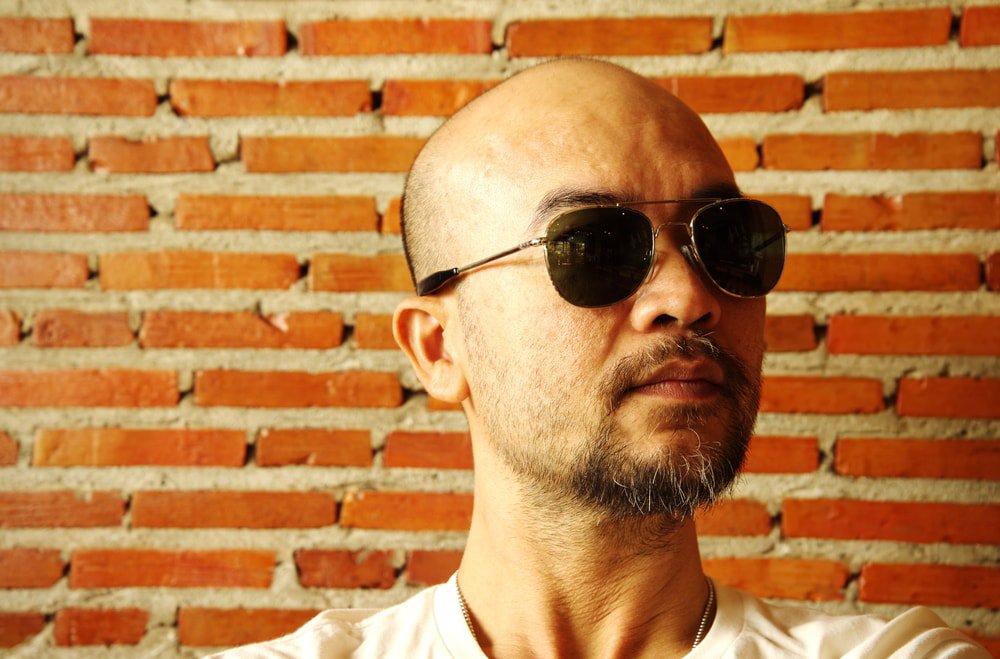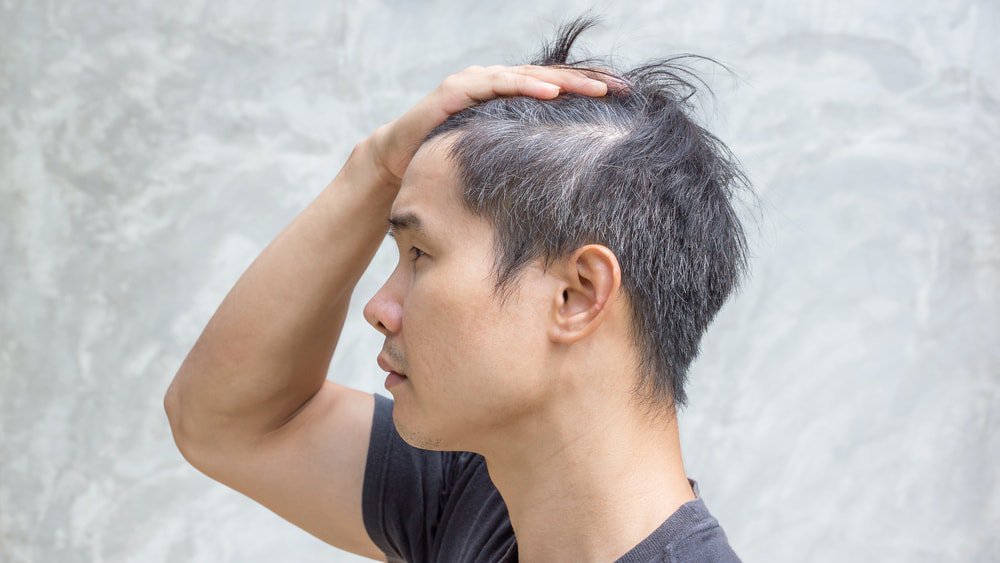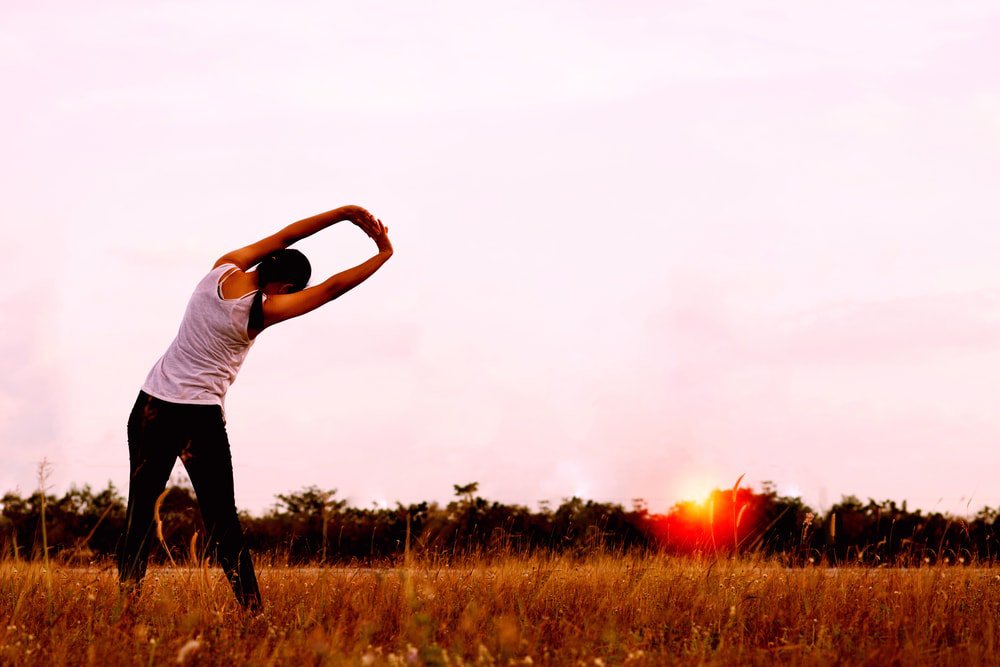It’s normal to lose strands of hair throughout the day. Most people lose about 50 to 100 strands each day, and for every follicle shed, the same amount regrows. But if you wake up to find your pillow covered with fallen hair or your brush brimming with strands, you could be experiencing hair loss.

Hair loss is mostly genetic – whether it’s thinning hair, excessive hair fall or baldness. However, there are some factors that contribute to hair loss, which affect both men and women alike.

The hormone behind hair loss and growth
Medically, hair loss is known as androgenetic alopecia, or male/female pattern hair loss, brought on by the hormone Dihydrotestosterone (DHT). When DHT levels rise, hair follicles get damaged - thus stopping hair growth. Men and women generally have different responses to DHT.
The first signs of male pattern baldness are a receding hairline which eventually forms a characteristic "M" shape and thinning hair around the crown area, often progressing to baldness. A woman's hairline rarely recedes and rarely becomes bald, but alopecia can begin with a gradual thinning at the parting line.
Dealing with hair loss can be overwhelming, but there are things you can do to prevent it from getting out of hand. Here are some common causes of hair loss and how to manage them:

1. The hazards of hairstyling
Years of pulling your hair too tight in a bun, ponytail or wearing in cornrows or braids can put stress on the hair and cause a type of hair loss known as traction alopecia. Prevent this by changing the way you style your hair frequently or tie loose ponytails, and change hair partings if you see balding happening.
Just as pressure harms the hair, so do heat and chemicals from hair treatments. Bleaching or regular use of dyes, relaxers as well as straightening irons and curling wands can weaken and damage hair, so try to keep these to a minimum or avoid them altogether if you’re prone to hair loss.
2. It's the hormones
Fluctuating levels of hormones can be a cause of hair loss. Most men tend to start losing hair in their 30s and 40s, and 85% of men see significant thinning related to alopecia by age 50. On the other hand, women usually experience hair loss after menopause. Some pregnant women are likely to experience hair loss during their pregnancy. Most of the time it subsides after birth, as hormones return to balance.
3. Poor nutrition
A diet low in protein, iron, vitamin D and calcium could lead to hair loss. At the other end of the spectrum, a surplus of vitamin A supplements and certain medications can trigger hair loss as well.
Make sure your diet has less processed foods and plenty of leafy greens, nuts, beans, fish, and lean meats that contain nutrients that would help improve your hair health.

4. Side effects of medication or birth control
Similar to hormones causing hair loss, some medication and birth control cause hormonal changes, and one of the side effects of this could be hair loss. The best thing to do would be to consult your doctor if you suspect the medication could be responsible for your hair fall and find out if there are substitutes.
5. Hair loss rooted in a medical condition
Thyroid disease, diabetes, lupus or anemia are among the 30 or so diseases that can cause sudden hair loss. Other conditions may include polycystic ovary syndrome (PCOS) and a side effect of some cancer treatments. In these cases it's mostly unavoidable, but you can try to adjust your lifestyle or home hair care to avoid further hair loss.

6. Home hair care secrets
If you experience frequent hair loss, it's a good idea to make adjustments to how you manage your hair.
Try sulfate, silicone, and paraben-free shampoos rather than regular shampoos that have these ingredients, which when loaded onto your scalp could potentially make hair brittle and prone to breakage.
Reduce blow drying and avoid rubbing hair vigorously to dry it. Both lead to hair damage, breakage and tangles. The ideal way to dry your hair is to gently squeeze out excess moisture with a towel, and let it dry naturally.
Comb right. Use a wide-toothed wooden comb to untangle, followed by a regular brush. Only comb your hair when it’s dry, as hair is most vulnerable when wet. Clean your combs and brushes every week.
7. Consider scalp massages
Scalp massages have been found to improve circulation to the scalp, thus stimulating hair growth. An easy way to incorporate a scalp massage into your hair care regimen is to perform it while in the shower, after applying shampoo or conditioner. Try it with essential herbal oils such as coconut, jojoba, cypress, lavender, and rosemary, which could help to improve scalp condition and promote hair growth.
There could be many factors causing your hair loss, but you can try identifying the right one by eliminating the possible suspects from the list above. There are also natural remedies and modern solutions to address hair loss if you require further intervention.
References
https://www.health.harvard.edu/staying-healthy/treating-female-pattern-hair-loss
https://www.belgraviacentre.com/blog/the-difference-between-male-female-pattern-hair-loss-419/
http://www.miamihair.com/blog/hair-loss/men-womens-hair-loss-difference/
http://www.health.com/health/gallery/0,,20727114,00.html#too-much-vitamin-a-0
http://food.ndtv.com/health/5-causes-of-hair-loss-in-both-men-and-women-1626208
https://consults.blogs.nytimes.com/2010/08/26/can-stress-cause-the-hair-loss-of-alopecia/
https://economictimes.indiatimes.com/magazines/panache/ditch-the-chemicals-these-essential-oils...
http://www.umm.edu/health/medical/altmed/condition/alopecia
The above articles are intended for informational purposes only. AIA accepts no responsibility for loss, which may arise from reliance on information contained in the articles.
Related articles

